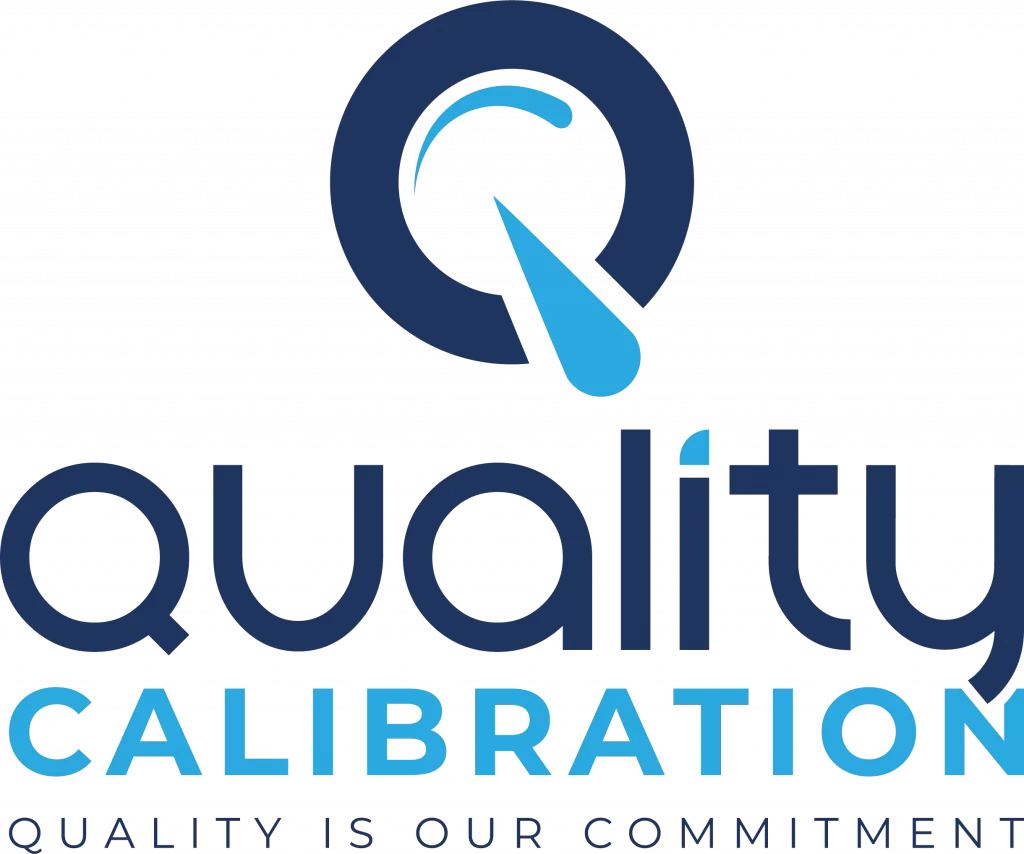Calibration is a crucial process in any laboratory setting, ensuring the accuracy and reliability of measurements. However, one often-overlooked aspect of laboratory calibration is controlled lighting. In Bangladesh, where diverse environmental conditions can impact the accuracy of instruments, the significance of controlled lighting cannot be emphasized enough. In this article, we’ll delve into the world of controlled lighting in laboratory calibration environments and explore how they work to enhance precision and consistency.
Understanding the Role of Controlled Lighting
Why is Controlled Lighting Important?
Controlled lighting, as the term suggests, refers to the deliberate management of light sources in a laboratory environment. It plays a pivotal role in the calibration process by minimizing external influences that can affect the accuracy of measurements.
In Bangladesh, environmental factors such as fluctuating natural light, power outages, and variations in climate can significantly impact calibration outcomes. Controlled lighting addresses these issues by creating a stable and consistent lighting environment within the laboratory.
Types of Controlled Lighting Systems
1. Artificial Lighting
Artificial lighting systems use a combination of artificial light sources like LEDs or fluorescent lamps to create a controlled and stable lighting environment. These systems can be fine-tuned to replicate various lighting conditions, ensuring that calibration remains unaffected by external factors.
2. Spectrally Tuned Lighting
In some laboratory settings, it’s essential to replicate specific lighting conditions accurately. Spectrally tuned lighting systems can mimic natural light, including variations in color temperature and intensity, enabling precise calibration for instruments that are used outdoors or under varying lighting conditions.
How Controlled Lighting Works in Bangladesh
Adapting to Local Conditions
Bangladesh is known for its diverse climate and weather patterns. From the humid conditions of the coastal regions to the arid landscapes of the northern areas, the country experiences a wide range of environmental variables that can affect the performance of calibration equipment. Controlled lighting systems in Bangladesh are designed to adapt to these conditions.
Minimizing Natural Light Variations
Natural light is a dynamic source, and its intensity and color temperature can change throughout the day and across different seasons. Controlled lighting systems in Bangladeshi laboratories are equipped with light sensors and timers, allowing them to adjust the artificial lighting to counterbalance these natural variations effectively.
Addressing Power Outages
Power outages are a common challenge in Bangladesh. To ensure uninterrupted calibration processes, controlled lighting systems are often integrated with backup power sources such as generators or uninterruptible power supplies (UPS). This backup power guarantees that calibration can proceed without interruptions, even during power outages.
Quality Assurance and Consistency
In the world of calibration, consistency is key. The controlled lighting systems in Bangladeshi laboratories are calibrated themselves to ensure that they maintain the desired lighting conditions consistently. Routine checks and maintenance further guarantee that the lighting system remains reliable.
The Advantages of Controlled Lighting
1. Enhanced Accuracy
By eliminating the impact of fluctuating external lighting conditions, controlled lighting systems significantly enhance the accuracy of calibration. This is particularly critical in precision industries such as pharmaceuticals and electronics manufacturing.
2. Improved Reproducibility
Consistency is a fundamental aspect of laboratory calibration. With controlled lighting, the same lighting conditions can be reproduced every time, leading to highly reproducible results.
3. Reduced Downtime
Power outages and natural light variations can cause significant downtime in calibration processes. Controlled lighting systems in Bangladesh minimize this downtime, ensuring that calibration can proceed smoothly.
4. Adaptability
Controlled lighting systems can be adjusted to match the specific needs of different instruments and testing conditions, making them versatile tools for calibration in diverse laboratory settings.
Challenges and Considerations
Cost of Implementation
While the benefits of controlled lighting are evident, it’s essential to consider the initial investment required for the setup. Laboratories need to assess their budget and the long-term advantages of enhanced calibration precision.
Maintenance and Training
Regular maintenance and staff training are crucial to ensure the continued effectiveness of controlled lighting systems. Laboratories need to allocate resources for these aspects of system management.
Integration with Other Calibration Equipment
Controlled lighting systems should seamlessly integrate with other calibration equipment and processes. Compatibility is essential for achieving a comprehensive calibration workflow.
Bottom Line
In Bangladesh, controlled lighting plays a pivotal role in laboratory calibration, ensuring that measurements remain accurate and reliable. By managing lighting conditions, these systems eliminate external influences that could affect calibration outcomes. As a result, they contribute to the advancement of precision industries and scientific research in the country.

Md. Hasan Ibrahim is a Technical Manager at Quality Calibration with extensive experience in the calibration sector since 2015. Holding a Bachelor of Science degree in Mechanical Engineering from Khulna University of Engineering & Technology (KUET), he has received training from various national and international organizations including CSIR-CMERI, QSI, BAB, NML-BSTI, memmert, and X-rite. With expertise in ISO/IEC 17025 assessment, method validation, metrological traceability, and uncertainty, he has successfully completed numerous calibration projects across diverse industries such as pharmaceuticals, food & beverage, oil & gas, textiles & garments, power plants, batteries, chemicals, hospitals & healthcare, and private universities.


